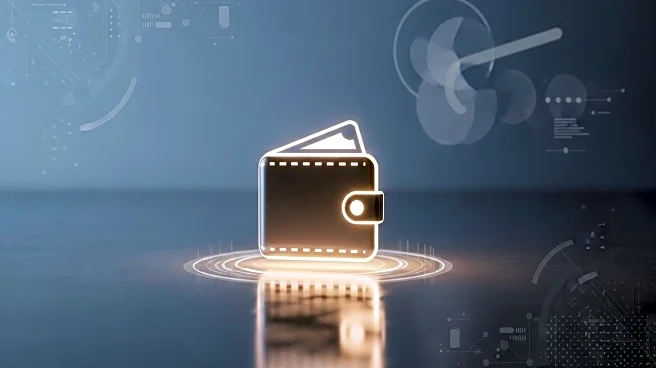What is the story about?
What's Happening?
The Internal Revenue Service (IRS) is ending the issuance of paper tax refunds, transitioning to electronic payments starting September 30. This change aligns with an executive order from President Trump and coincides with the Social Security Administration's move to electronic benefit payments. The IRS aims to reduce financial fraud, increase efficiency, and enhance payment security. Paper checks are reportedly more prone to being lost or stolen compared to electronic payments. Taxpayers are encouraged to provide valid bank account information to receive direct deposits, with resources available for those needing to open accounts.
Why It's Important?
The shift to electronic tax refunds is part of a broader effort to modernize federal payment systems, potentially reducing costs and improving security. However, it requires taxpayers to have access to banking services, which may pose challenges for those without bank accounts. The transition could streamline the refund process, with electronic payments typically processed faster than paper checks. This change reflects a growing trend towards digital financial transactions, impacting how taxpayers interact with the IRS.
What's Next?
Taxpayers will need to ensure they have the necessary banking information to receive electronic refunds. The IRS plans to expand electronic payment options, and further details will be provided for the 2025 tax filing season. The agency will continue to offer guidance and resources to assist taxpayers in adapting to the new system, while monitoring the transition's impact on those without digital access.
AI Generated Content
Do you find this article useful?
















